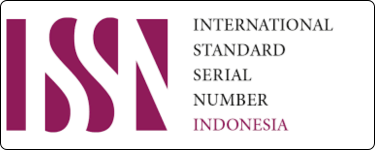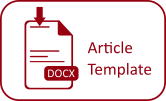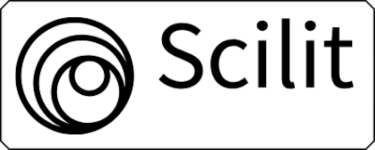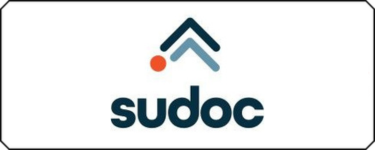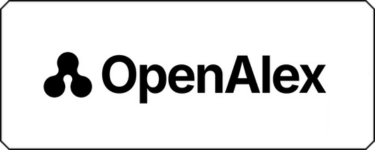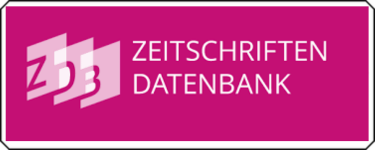Unjuk Rasa Anarkis: Analisis Faktor dan Peran Kepolisian dalam Penanggulangan
Keywords:
Demonstrations; Anarchy; Police; LawAbstract
This article aims to explain the factors that influence the occurrence of anarchist demonstrations and the role of the Indonesian National Police (Polri) in dealing with anarchist demonstrations. The author uses a normative juridical approach with the primary legal data sources used being Law No. 9 of 1998 and the National Police Chief’s Regulations relating to the handling of anarchist demonstrations. The results of the research show that peaceful demonstrations became anarchic due to the presence of provocateurs from groups outside the demonstration masses. This research also found that masses of student groups carried out more anarchist demonstrations than other social groups, such as workers or political parties. This article concludes that anarchist demonstrations are not a single factor, non-processional police can also trigger anarchist demonstrations.
Downloads
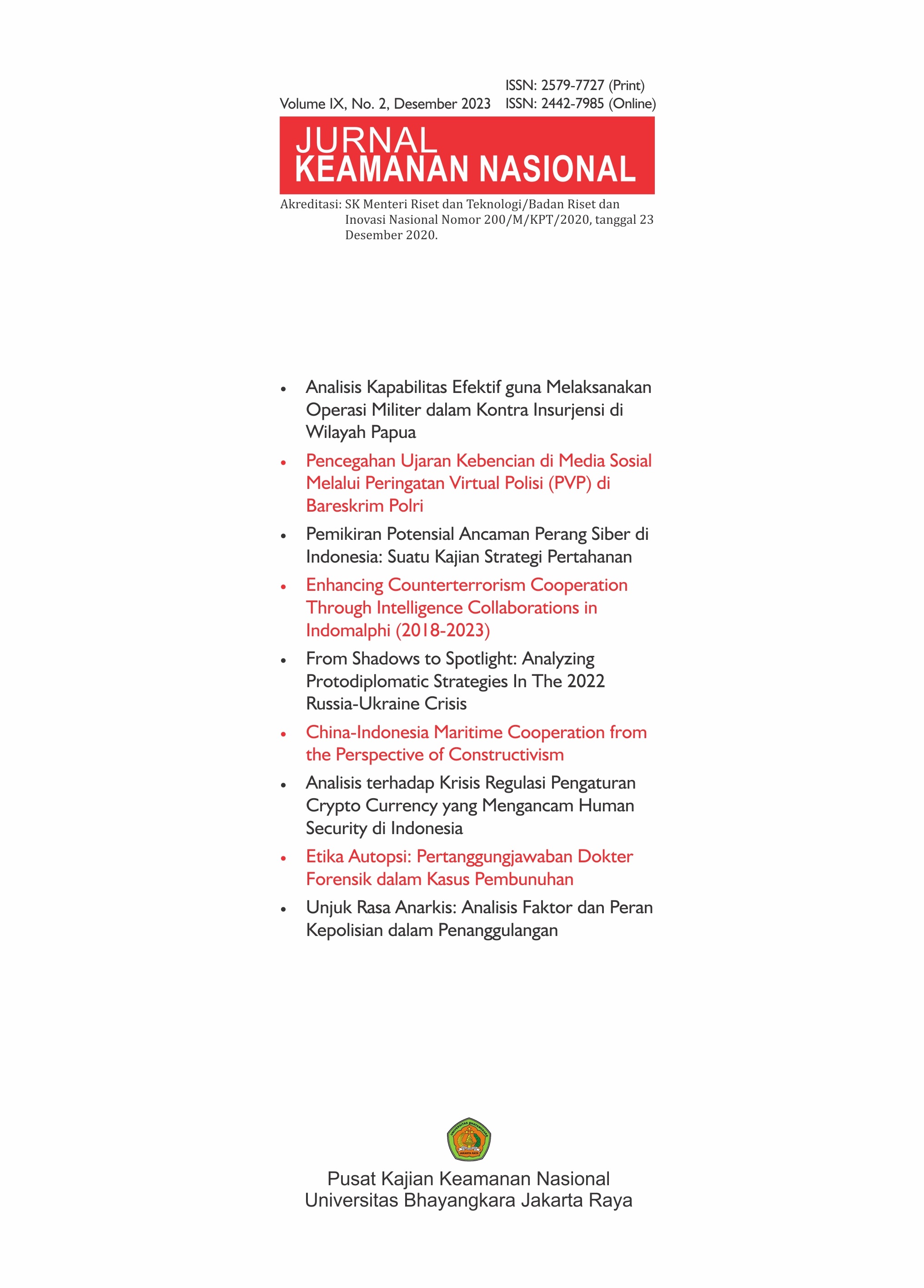
Downloads
Published
Issue
Section
License
Please read and understand the copyright terms for submissions to this journal.
Copyright Notice
The Jurnal Keamanan Nasional is under the Creative Commons Attribution 4.0 International (CC-BY 4.0) License, according to which:
1) Authors retain copyright and grant the journal the right to first publication, with the work simultaneously licensed under the Creative Commons Attribution (CC-BY 4.0) that allows the sharing of articles published with the acknowledgement of authorship and the initial publication in this journal.
2) The authors are authorized to make additional contracts separately for distribution of the version of the work published in this journal (for example, publication in an institutional repository or as a chapter of the book), as long as there is recognition of authorship and initial publication in this journal.
3) Authors are authorized and encouraged to publish and distribute their work online (for example, in institutional repositories or on their personal pages) at any time before or during the editorial process, as it increases the impact and reference of the published work.


